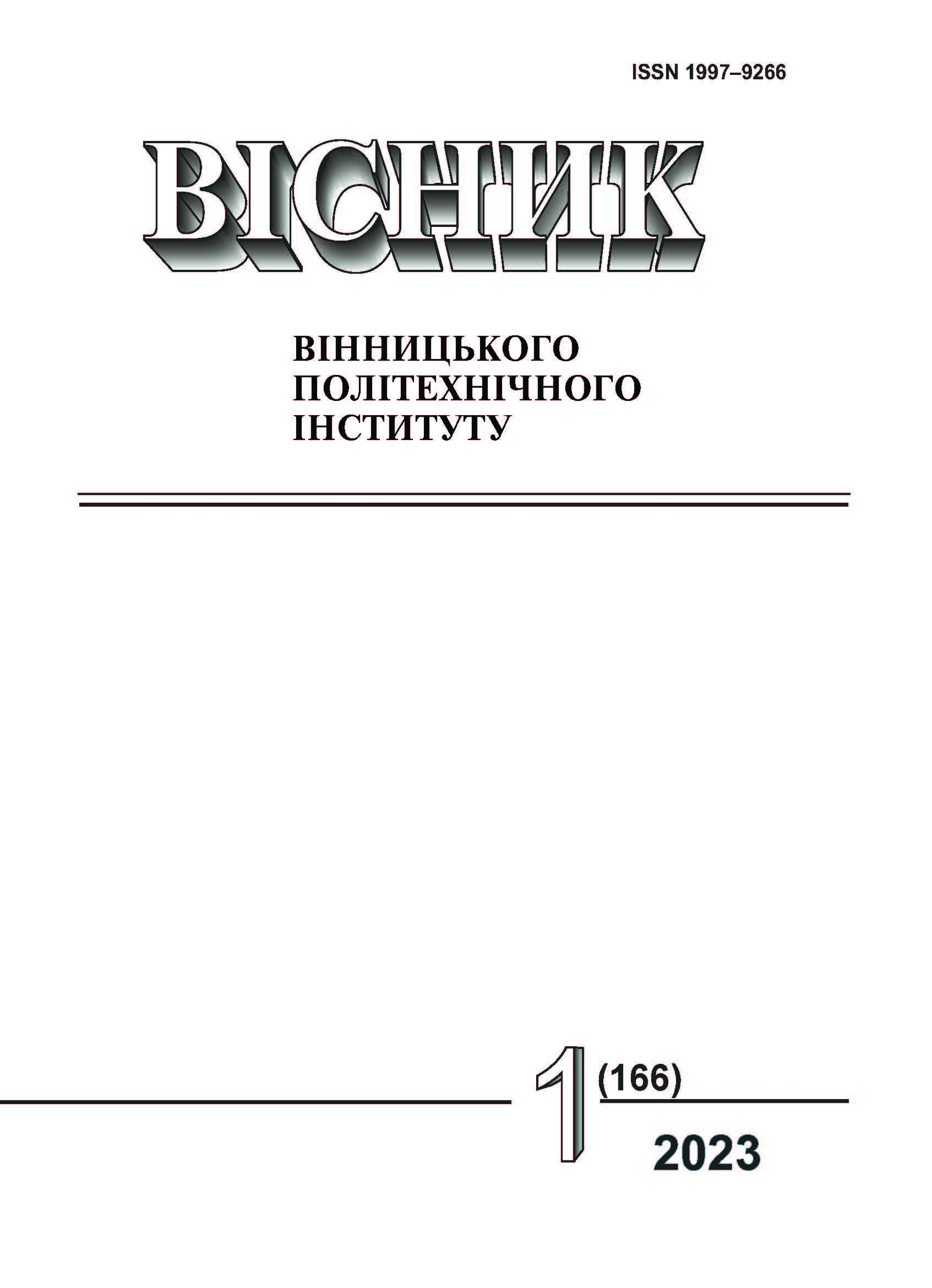Studies of the Main Mode Parameters Impact on Exergetic Efficiency of the Convective Dryer
DOI:
https://doi.org/10.31649/1997-9266-2023-166-1-35-40Keywords:
drying, dryer, exergy, exergy coefficient of the useful effect, heat balanceAbstract
Mathematical model is proposed for the numerical study of exergy losses in a chamber convective drying unit and the determination of the Impact of the main mode parameters during convective drying on the exergy coefficient of the useful effect of the convective drying unit. The mathematical model is implemented in the MathCad environment. The SKRR-400 intermittent chamber dryer for drying agricultural products with a one-time load of 400 kg was chosen as the object of the study.
The components of exergy losses, which have the greatest influence on the thermodynamic perfection of the drying plant, are determined, and the ways of reducing their specific weight in the exergy balance are indicated. Numerical studies of the effect on the exergetic efficiency coefficient of the dryer of such parameters as the ambient temperature, the temperature of the coolant at the entrance to the drying installation, the temperature of the coolant at the outlet of the drying installation — spent coolant, the temperature of the steam condensate in the heater have been carried out. A numerical experiment showed that with the increase in the initial air temperature, the useful specific exergy consumption for moisture evaporation decreases and the change the prominence of the dryer performance does not affect the total exergy losses.
It is established that the energy or exergetic and thermal efficiency factors of the dryer differ significantly . According to the calculations, the exergetic.efficiency of the chamber dryer, which reflects its thermodynamic perfection, does not exceed 14.5 %. Comparison of exergetic.efficiency with the energy or thermal efficiency of SKRR-400 type dryer showed that the thermal efficiency of dryers is significantly higher (50,4 % versus 14,5 %). It is hypothesized that this is due to the fact that thermal efficiency does not take into account the phenomena of irreversibility of heat and mass transfer processes.
It was established that losses with waste coolant in the exergy balance make up 8 %, and in the thermal balance — 33,2 %. According to the results of the numerical experiment, it is shown that increasing the efficiency of drying units can be achieved by improving their heating devices and reducing their losses.
References
С. Й. Ткаченко, і О. Ю. Співак, Сушильні процеси та установки. Вінниця, Україна: ВНТУ, 2008, 98 с.
Rant Zoran, Termodinamika: knjiga za uk in prakso. Ljubljana, Slovenija: Fakulteta za strojništvo, 2000, 644 s.
Эксергетические расчеты технических систем, справ. пос., А. А. Долинский и В. М. Бродянский, Ред. Киев, Украина: Наукова думка, 1991, 361 с.
В. О. Тарасова, «Розвиток теорії та методів термоекономічного аналізу, синтезу, оптимізації інноваційних систем термотрансформації.» дис. д-ра техн. наук, 05.14.06. Харків, 2019, 410 с.
Downloads
-
PDF (Українська)
Downloads: 107
Published
How to Cite
Issue
Section
License

This work is licensed under a Creative Commons Attribution 4.0 International License.
Authors who publish with this journal agree to the following terms:
- Authors retain copyright and grant the journal right of first publication.
- Authors are able to enter into separate, additional contractual arrangements for the non-exclusive distribution of the journal's published version of the work (e.g., post it to an institutional repository or publish it in a book), with an acknowledgment of its initial publication in this journal.
- Authors are permitted and encouraged to post their work online (e.g., in institutional repositories or on their website) prior to and during the submission process, as it can lead to productive exchanges, as well as earlier and greater citation of published work (See The Effect of Open Access).





